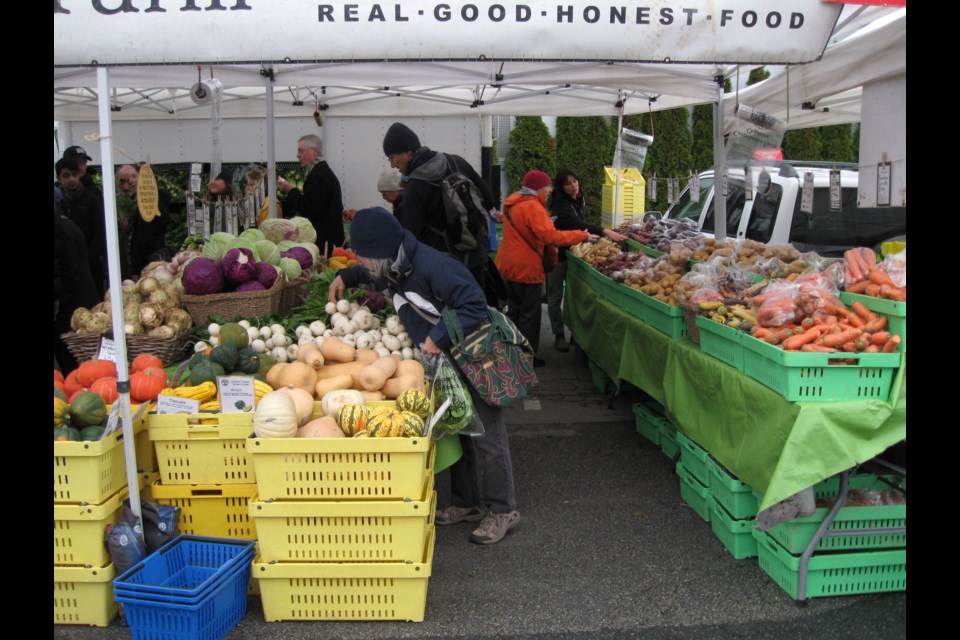After Shelley Civkin’s deliciously informative column the other week about frugality and bone broth, I believe the season is right for another soup column.
When I lived in Florence, I’d often make minestrone (literally, big soup) to bring to elderly friends. While the ingredients can change, depending on the season, the modus operandi, or method, is unchanging. It requires patience and time, an investment that yields extraordinary results (and don’t think you can cheat by using a slow cooker).
The method is to build up your soup gradually, vegetable by vegetable, reserving most of the liquid for the final stages. Throwing a package of pre-chopped vegetables into a pot of water will produce just that – vegetables in water – but by allowing the different flavours of your vegetables to become acquainted and marry, one after the other, you’ll produce an exceptional dish.
Take the biggest, heaviest pot that you have. Pour in some extra virgin olive oil, to just cover the bottom. Put pot on the stove and turn the heat to low, to warm up the oil. Gather all your vegetables, but not yet washed, peeled or chopped. My Florentine minestrone was composed of one white onion, a couple of big carrots, a couple of celery stalks, one or two leeks, two potatoes, a bunch of kale (like cavolo nero, literally black cabbage), savoy cabbage (small head or half a big one), cannellini beans (one can, or two handfuls of dry beans soaked overnight), some fresh peeled tomatoes (or one can).
Begin by peeling and chopping the onion, not too finely. Throw it into the pot, stir to cover onion with olive oil. Turn heat to medium low now. Let onion become translucent while you peel and chop carrots. Stir occasionally. Add carrots to onion, stir to cover with olive oil. Next chop celery, stirring the pot in between so that nothing sticks. Proceed with leeks (carefully washed and sliced) and then potatoes. Stir occasionally. Adjust heat if necessary, and if the mixture appears too dry, add a little broth or water, to relax but not drown it.
Next add kale, cut into strips. Your pot will suddenly look full. Give it a few minutes, stir occasionally, and soon the kale will become limp. Now add the savoy cabbage, cut into strips. Don’t panic, seeing the pot full. Let the cabbage relax, adding more liquid if required. When your mixture is reduced in bulk, add enough liquid to cover everything. Simmer for 10-15 minutes, after which you add the beans and tomatoes, and even a drizzle of olive oil.
Let the minestrone simmer for about an hour. I advise not eating it until it’s been in the fridge for one or two days, to allow the flavours to develop their full potential. If the minestrone seems too thick, pour in more liquid when you heat it up. If it needs salt or pepper, add them now. And another drizzle of olive oil and perhaps some Parmesan cheese. Buon appetito!
Sabine Eiche is a writer and art historian.



